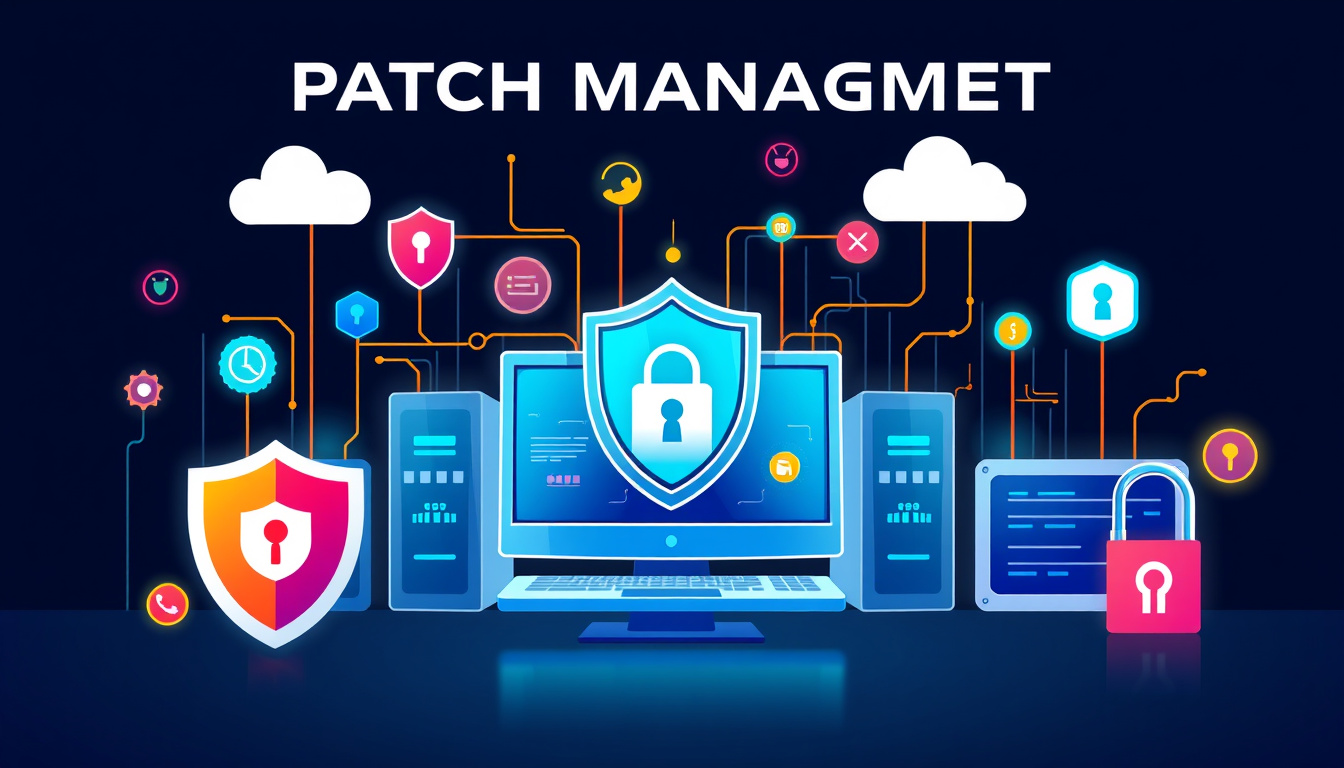In today’s fast-paced digital world, patch management has become a foundational aspect of cybersecurity and operational efficiency for organizations of all sizes. With security breaches growing more sophisticated and devastating, implementing a robust patch management process is not merely advisable—it is necessary. This comprehensive guide will help you understand what patch management is, why it is essential, and best practices to ensure that your software remains secure and updated.

What is Patch Management?
Patch management refers to the systematic approach of distributing and applying software updates to systems, devices, and applications. These updates, commonly known as patches, are crucial for addressing software vulnerabilities, enhancing system performance, and integrating new features. The core purpose of patch management is to mitigate risks associated with unpatched software that could be exploited by cybercriminals.
Why is Patch Management Important?
1. Security Enhancement
Patches are typically rolled out to fix vulnerabilities that could be exploited by hackers. An infamous example is the WannaCry ransomware attack, which took advantage of an unpatched Microsoft Windows vulnerability, affecting over 200,000 computers globally. Regular patch management can significantly lower the chances of your systems becoming targets for cyberattacks.
2. Compliance with Regulations
Many industries are mandated by laws such as the Health Insurance Portability and Accountability Act (HIPAA) or the General Data Protection Regulation (GDPR) to maintain certain security measures, which include regular patching. Failure to comply can result in hefty fines and damage to your organization’s reputation.
3. System Performance and Reliability
Keeping your software updated ensures that your systems run smoothly. Patches can improve functionalities and fix bugs, thereby enhancing user productivity and system uptime.
4. Cost Management
Inefficient patch management can lead to higher operational costs and unexpected downtime. In contrast, a well-implemented patch management strategy can save resources by reducing the incidence of urgent technical issues and device failures.
The Patch Management Lifecycle
Effective patch management comprises several key stages:
1. Asset Management
Before you can patch systems, you need to identify and maintain an inventory of all assets, including hardware, software, and network devices. This visibility is critical for prioritizing patch deployments.
2. Patch Monitoring
Continuously monitor vendor sites and security feeds for available patches. Understanding the threat landscape helps inform which vulnerabilities are increasing in severity.
3. Patch Prioritization
Not all patches are created equal. Prioritize patches based on the severity of vulnerabilities they address. Use threat intelligence to inform your decisions and ensure critical vulnerabilities are patched swiftly.
4. Patch Testing
Before deploying patches broadly, it’s vital to test them in a controlled environment. This step helps to catch potential issues that could disrupt business operations.
5. Patch Deployment
Deploy patches during scheduled maintenance windows to minimize disruption. Gradual, staggered rollouts may also be beneficial, allowing you to monitor for any adverse effects post-implementation.
6. Documentation and Reporting
Maintain thorough documentation of patch management activities to establish compliance and provide a reference for future audits. This documentation should include tested patches, deployment outcomes, and systems that remain unpatched.
Best Practices for Effective Patch Management
To streamline your patch management processes, consider the following best practices:
1. Develop a Clear Patch Management Policy
Establish a formalized patch management policy that outlines roles and responsibilities, timelines, and procedures to ensure that all team members are on the same page.
2. Automate Where Possible
Use patch management software to automate the monitoring and deployment processes. Automation can help reduce human errors and ensure timely application of patches.
3. Regularly Review and Update Your Processes
Cyber threats and software landscapes are continuously evolving. Regularly review your patch management strategy to identify areas for improvement and adapt to new challenges.
4. Educate Your Staff
Train your employees about the importance of patch management and encourage them to report any issues with software updates. A well-informed team can significantly enhance your organization’s overall security posture.
Conclusion
Patch management is an essential function of modern IT systems that plays a critical role in protecting organizations from security vulnerabilities. By understanding what patch management entails, its benefits, and implementing a structured approach, you can safeguard your systems against potential threats while optimizing performance. Remember, in cybersecurity, proactive measures are always better than reactive solutions.
Get started with your free Managed IT Services assessment today! Contact us at info@logicstechnology.com or by phone at (888) 769-1970.

